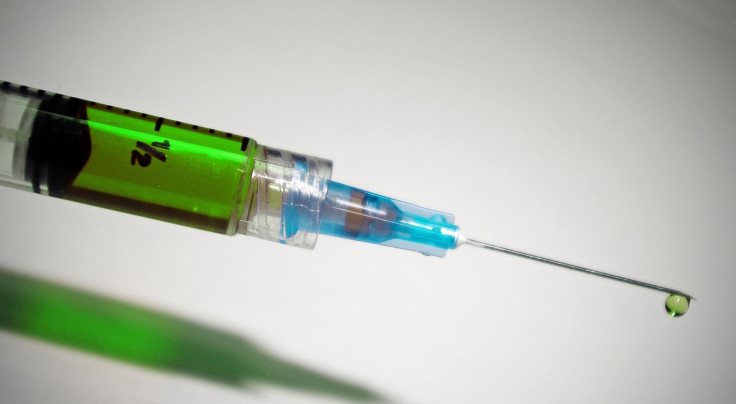A 50-year-old Alabama death row inmate reportedly suffered three hours of pain during his execution in July. It was the longest recorded lethal injection process in American history, a report by a human rights organization revealed.
According to Daily Mail, Joe Nathan James Jr. was sentenced to death after he was convicted for the 1994 fatal shooting of his girlfriend, Faith Hall in Birmingham.
Montgomery Advertiser reported that prosecutors said that he stalked and terrorized Hall for months before killing her in her home. Even though several members of Hall's family were against the execution decision, Alabama officials pumped lethal injection drugs into James Jr. the night of July 28, reported The Guardian.
Officials at the Atmore, Alabama, correctional facility took between three and three and half hours to carry out the lethal injection, an examination by Reprieve U.S. estimated. William C. Holman Correctional Facility set the inmate's execution for 6 p.m. that night. Media were barred from entering until 8:57 p.m. He was pronounced dead at 9:27 p.m. Officials unsuccessfully tried for more than three hours to insert an IV line, an evaluation of the autopsy revealed. According to Reprieve U.S., then they tried a cut-down procedure, which would have caused James Jr. to struggle and leave him with injuries on his wrists and hands.
Maya Foa, director of Reprieve U.S., said that subjecting a prisoner to "three hours of pain and suffering is the definition of cruel and unusual punishment." She noted that states cannot continue to pretend that the "abhorrent practice of lethal injection is in any way humane."
As for the Alabama state officials, they didn't answer questions in reference to the execution's three-hour delay. But they said that there was "nothing out of the ordinary."
John Hamm, Alabama Department of Corrections (ADOC) commissioner, in a statement that he "can't over emphasize this process." He added that they were carrying out the ultimate punishment, and they "have protocols and we are very deliberate in our process and making sure everything goes according to plan." He noted that if that takes a few minutes or a few hours, that's "what we do." He did not clarify what part of the procedure resulted in the delay.
The day following the execution, a statement released by ADOC said that if the veins are such that "intravenous access cannot be provided, the team will perform a central line procedure." It further read that fortunately, this was not necessary and with "adequate time, intravenous access was established."
Witnesses saw the prisoner's arm move with some slight movement at 9:05 p.m. It was followed by some indications of breathing one minute later. His breathing lasted until 9:10 p.m. when a correctional officer performed a consciousness check. At the time, James Jr. only responded to an arm pinch by moving his head side-to-side. His breathing appeared to stop at 9:12 p.m. Curtains to the room was closed to witnesses at 9:18 p.m. His time of death was recorded at 9:27 p.m.





